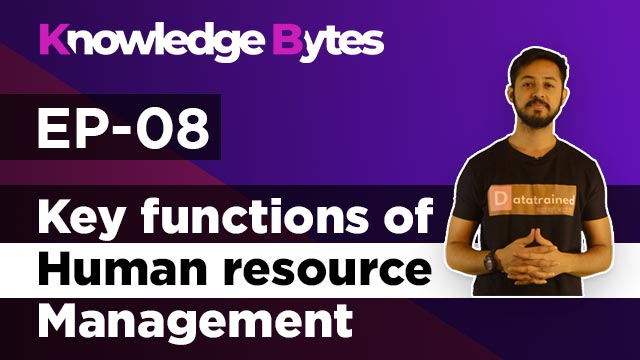Objectives of HRM
(1)
Societal
Objectives:
HRM is socially accountable
for the needs and challenges of society. All the resources must be used for
the benefit of society. HRM must adhere to the laws imposed by society.
It has to develop and sustain healthy relations between management and union.
(2) Organizational
Objectives:
HRM has to recruit, select, place, induct, train and develop the
human resources, to arrange for a performance management system and to achieve
the business objectives like earn profit, growth, and expansion, survival, etc.
(3) Functional Objectives:
It consists of maintaining the department’s contribution at a
level appropriate to the business needs. Departmental functions are performed by human resources. They check if the functions are performed in a timely manner
or not.
(4) Personal Objectives:
It aims at helping workers in reaching their personal goals, like
higher salaries, job satisfaction, standard working hours, better working
conditions, motivation, promotion welfare facilities, social security and so
on. These objectives of employees must be met if workers are to be retained.
In general the objectives of
HRM are as follows:
(1) To achieve the business goals by appropriate utilization of
human resources.
(2) To create and sustain healthy working relationships among all
the employees & departments and to adopt sound, desirable organization
structure.
(3) To incorporate individual as well as team goals within a company.
(4) To be able to create opportunities for individual developments
as per the business scale up.
(5) To identify as well as satisfy individual and group requirements,
like fair wages, incentives, welfare facilities, social security, prestige,
recognition etc.
(6) To motivate the workers consistently.
(8) To upskill the human assets continuously through the training,
learning and development programs.
(9) To add to minimization of socio-economic issues like unemployment,
equal distribution of income etc.
10) To provide an equal opportunity to staff to get involved in
management.
(11) To offer an appealing leadership and guide the working
groups.
(12) To provide good and hygienic working conditions to the workers.
(13) To retain the workforce by maintaining employment stability.




























